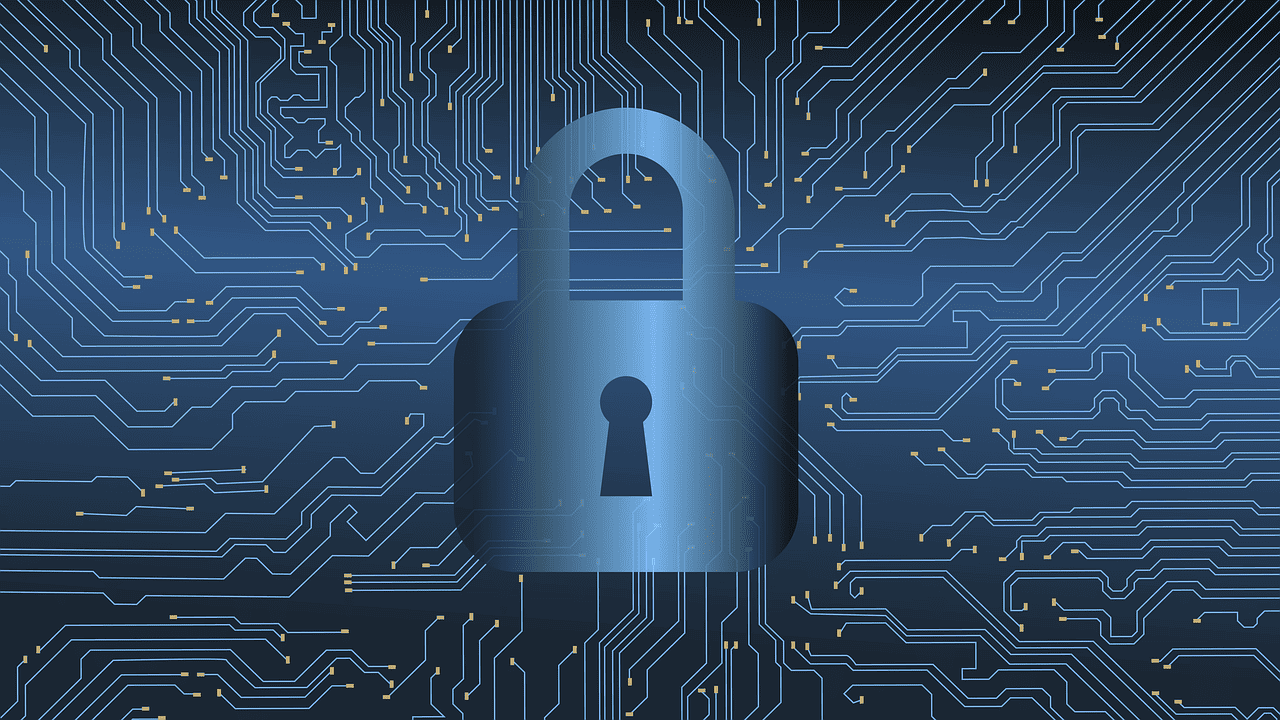Small and medium-sized businesses (SMBs) are increasingly becoming targets for cyberattacks. While you might think SMBs are too small to attract the attention of cybercriminals, the reality couldn’t be further from the truth. As such, every SMB should look into cybersecurity for their business.
If you’re eager to understand what every SMB should be aware of regarding cybersecurity to safeguard their business, customers, and reputation, then keep reading as we delve deep into this crucial subject.
Types of Cyber Security Threats You Need to Know
The initial step in fortifying your SMB against cyber threats is gaining a comprehensive understanding of the evolving threat landscape. Cyberattacks are in a constant state of flux, with hackers continuously enhancing their tactics. SMBs, in particular, are vulnerable because they often lack the robust security infrastructure that larger enterprises possess.
Common threats encompass:
- Phishing attacks: Phishing emails, for instance, employ deceit to trick employees into divulging sensitive information or unwittingly downloading malicious software
- Ransomware incidents: Ransomware can encrypt your data and demand a ransom for its release
- Malware infiltrations: Malware can secretly penetrate your systems, exfiltrating data or causing operational disruptions
- Data breaches: Data breaches can lead to the compromise of customer information, severely tarnishing your reputation and potentially resulting in legal repercussions.
How to Keep Your Business Safe Against Cyber Threats
Prioritize Employee Training
Your workforce can be both the greatest asset and the weakest link in your cybersecurity efforts. Therefore, it’s imperative to invest in comprehensive cybersecurity training for your employees. They need to be well-versed in recognizing phishing attempts, employing robust password practices, and adhering to security protocols.
Regular training sessions and updates regarding emerging threats are essential. Ensuring that employees understand the significance of promptly reporting suspicious activities is vital. Human error often represents the weakest link in cybersecurity, making employee education a pivotal line of defense.
Implement Different Access Controls
Access control entails the practice of restricting who can access specific components of your digital infrastructure. It’s crucial to grant employees access only to the systems and data that are pertinent to their roles. Establish stringent password policies, necessitating complex passwords and regular password changes. Consider implementing multi-factor authentication (MFA) to bolster security further.
Equally important is the prompt revocation of access when employees depart from your company or change roles. Outdated access permissions can create openings that cybercriminals are quick to exploit.
Regularly Update Software and Systems
Cybercriminals often prey on vulnerabilities in outdated software and operating systems. To shield your SMB, it’s imperative to regularly update all software, including operating systems, applications, and security software. Configure automatic updates whenever possible to ensure you’re consistently operating on the latest, most secure versions.
Cybersecurity is an ongoing process, as new vulnerabilities and patches emerge regularly. Staying up-to-date is of paramount importance.
Back Your Data Up
Data serves as the lifeblood of your SMB, and its loss can be catastrophic. Implementing a robust data backup strategy is essential. Routinely back up all critical data and systems, ensuring that backups are securely stored, preferably offsite or in the cloud. This approach enables you to recover your data during a ransomware attack or other data loss incidents.
Regularly test your backups to verify their functionality. Data backup serves as a precaution that can salvage your business in the face of a cyberattack.
Create an Incident Response Plan
Despite your best efforts, cyberattacks can still occur. Having a well-defined incident response plan is imperative for minimizing damage and facilitating a swift recovery from an attack. Your plan should delineate the steps to be taken when a cybersecurity incident transpires, including the isolation of affected systems, reporting to the relevant authorities, and communication with customers and employees.
Regularly review and update your incident response plan to ensure its effectiveness in the face of evolving threats.
Encrypt Sensitive Data
Data encryption serves as a pivotal measure for safeguarding sensitive information. Encrypt data both in transit (during transmission across networks) and at rest (when stored on servers or devices). This approach ensures that even if cybercriminals gain access to your data, they won’t be able to decipher or utilize it without the encryption keys.
Encryption is especially crucial for financial data, customer information, and any other sensitive data that your business handles.
Consider Purchasing Cybersecurity Insurance
Cybersecurity insurance, also known as cyber insurance, can provide financial protection in the event of a cyberattack or data breach. This type of insurance can assist in covering the expenses associated with recovering from an attack, including legal fees, customer notifications, and data recovery costs.
Before procuring cybersecurity insurance, conduct a thorough review of the policy to comprehend its coverage and any limitations or exclusions. Additionally, assess whether cybersecurity insurance constitutes a cost-effective option for your SMB.
Stay Informed and Agile
Cybersecurity is anything but static. Novel threats surface regularly, and cybercriminals continuously hone their tactics. To effectively shield your SMB, it’s imperative to remain well-informed about the latest cybersecurity trends and adjust your security measures accordingly.
Consider engaging with industry groups or forums related to cybersecurity, attending conferences, or seeking counsel from cybersecurity experts to stay abreast of best practices and emerging threats.
Cultivate a Culture of Cybersecurity
Nurturing a culture of cybersecurity within your SMB is equally significant as implementing technical safeguards. Your employees should be actively engaged in safeguarding your business against cyber threats. Here’s how you can foster such a culture:
- Lead by Example: As a business owner or manager, you set the tone. Demonstrate your commitment to cybersecurity by adhering to best practices yourself. Make it unequivocally clear that cybersecurity ranks among your top priorities.
- Employee Awareness: Regularly communicate with your employees regarding cybersecurity matters, including threats and best practices. Encourage them to maintain vigilance and promptly report any suspicious activities.
- Training and Education: Provide ongoing cybersecurity training and educational opportunities. This equips your employees with the knowledge they need to effectively safeguard the business.
- Incident Reporting: Establish a clear procedure for reporting security incidents or suspected breaches. Employees should know whom to contact and the steps to follow if they encounter a cyber threat.
At CMIT Solutions Houston SW, we take keeping your business safe very seriously. Let our team help you set up a system that can work in the background and keep your business and its data safe at all times. Contact us today to get started!





